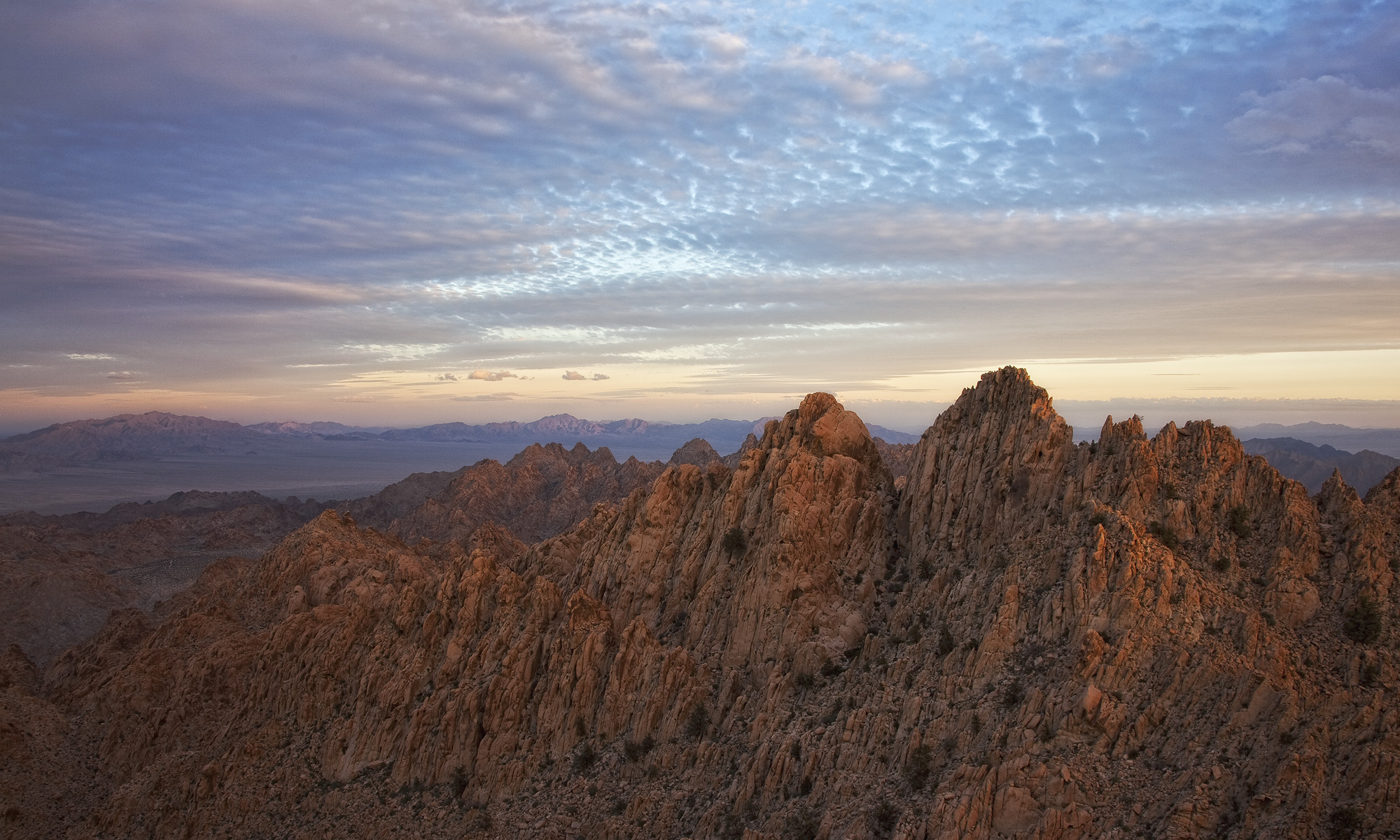The Joshua Tree Wilderness is probably the best known (and most accessible) of Riverside County’s wilderness areas. Joshua Tree National Monument was designated in 1936, and it became a national park in 1994, when the California Desert Protection Act (CDPA) was passed. Several laws have added to the Joshua Tree Wilderness, which today comprises about 85% of Joshua Tree National Park; the the entire wilderness is managed by the National Park Service.
The Joshua Tree Wilderness is probably best known for its namesake “tree”–the joshua tree (Yucca brevifolia). However, the monzogranite boulders that are prevalent throughout the wilderness are unique and attract rock climbers from all over the world. In addition to dirtbag climbers (haha), the wilderness is also home to many other species of wildlife, including bighorn sheep, mountain lions, several species of rattlesnakes, birds, and others.


Joshua trees were named by Mormon pioneers who–perhaps in a state of dehydrated hallucination–named the tree-like yuccas for the prophet Joshua, who they believed was pointing them towards the promised land. While joshua trees are indeed whimsical and intriguing, perhaps the most striking thing about this Wilderness is that it lies in two deserts–the Mojave (which joshua trees grow in), and the Colorado (which they don’t). Although it might seem like the difference between these two deserts should lie on some sort of gradation, when you cross from one to the other, it’s surprisingly stark.
One of the primary features of the eastern side of the Joshua Tree Wilderness–the Colorado Desert side–is the vast Pinto Basin, an alluvium-filled valley from nearby mountain ranges like the imposing Coxcomb Mountains. This side of the wilderness gets less visitation than the west side, which is rich with joshua tree forests and playgrounds of monzogranite boulders.
In 2016, Joshua Tree National Park saw record visitation–2.5 million people. This was a huge increase from 2015, and speaks to our desire to experience our wild places. Somewhat paradoxically, it also diminishes our ability to have a wilderness experience, one in which we feel alone with and at one with nature. That said, the wilderness (which lies away from the roads in the park) still has a lot of options to explore, find solitude, peace and quiet. They just take a little bit of extra effort to find.





